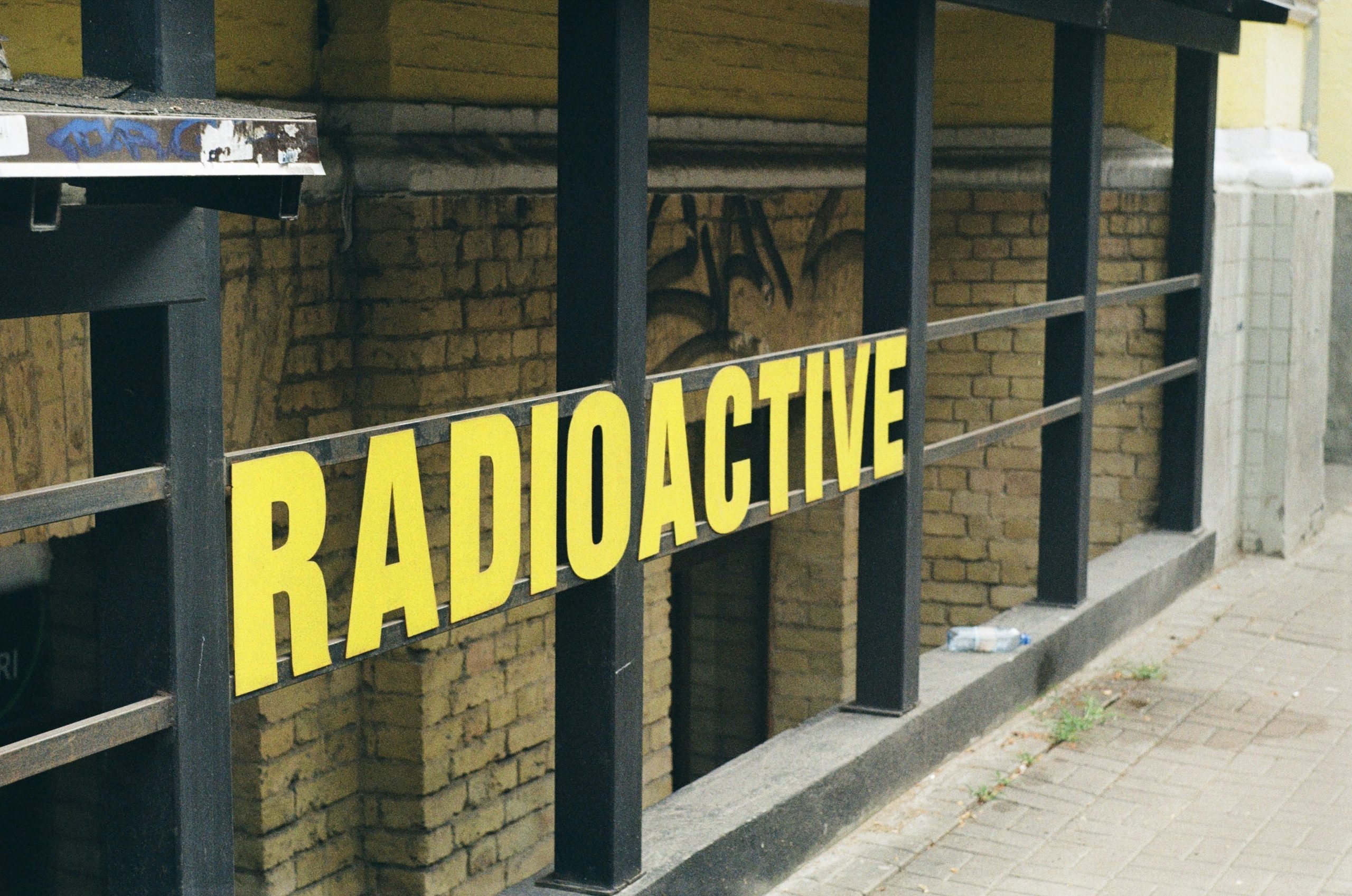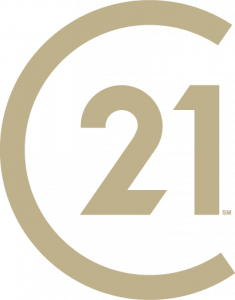As your Okanagan real estate professional, I’m not just about finding you the perfect home with stunning lake views or easy access to our incredible trails. I’m also committed to ensuring you’re informed about all aspects of homeownership in this beautiful valley – and that includes an invisible guest that could be in any home: radon gas.
You might have heard about radon, but do you know what it is and why it’s particularly relevant here in the Okanagan? Let’s talk about it.
What Exactly IS Radon?
Radon is a naturally occurring radioactive gas that you can’t see, smell, or taste. It’s produced by the breakdown of uranium in soil, rock, and water. Outdoors, radon disperses quickly and is generally not a concern. However, when it enters an enclosed space like your home, it can accumulate to levels that pose a health risk.
Why is Radon a Concern?
The primary health concern associated with long-term exposure to elevated radon levels is an increased risk of lung cancer. In fact, Health Canada identifies radon as the leading cause of lung cancer for non-smokers. The risk is even higher for individuals who smoke and are also exposed to high radon levels.
Think of it this way: the longer you’re exposed to significant levels of radon, the higher your risk. That’s why understanding and addressing radon levels in your home is so important for your long-term health and peace of mind.
Radon in the Okanagan: What You Need to Know
Unfortunately, the Okanagan Valley, like many areas in the Interior of British Columbia, is known to have regions with higher potential for radon. This doesn’t mean every home has a problem, but it does mean that testing is crucial. Studies and local data have shown that a notable percentage of homes tested in various Okanagan communities, including areas around Kelowna, West Kelowna, and Vernon, have radon levels that exceed Health Canada’s recommended guideline.
It’s important to understand that radon levels can vary significantly from one home to another, even between next-door neighbours. Factors like your home’s construction, the soil composition beneath it, and ventilation can all play a role.
Radon & Your Real Estate Journey
Whether you’re buying or selling a home in the Okanagan, radon should be on your radar.
-
For Buyers:
- Ask Questions: Don’t hesitate to ask the seller if they have conducted a radon test and, if so, to see the results.
- Consider a Test: If a recent long-term test hasn’t been done, you may want to include radon testing as a condition in your offer. A long-term test (typically 91 days or more) is the most accurate way to determine average radon levels. While this timeline can be challenging during a real estate transaction, short-term tests can provide an initial indication, though Health Canada recommends following up with a long-term test.
- Understanding Results: Health Canada’s guideline for radon in indoor air is 200 Becquerels per cubic metre (Bq/m³). If levels are above this, remediation is recommended.
-
For Sellers:
- Proactive Testing: Consider having your home tested for radon before listing. Knowing your home’s radon level upfront can be a selling feature if the levels are low, or it allows you to address any issues beforehand, making for a smoother transaction.
- Disclosure: In British Columbia, radon levels exceeding 200 Bq/m³ are considered a “material latent defect.” This means if you are aware of such levels, you are required to disclose this information to potential buyers.
- Mitigation: If testing reveals high radon levels, don’t panic! Effective mitigation systems can significantly reduce radon concentrations.
Testing & Mitigation: Taking Control
The good news is that testing for radon is relatively simple and inexpensive. You can purchase do-it-yourself long-term test kits online or from various organizations. Alternatively, you can hire a certified radon measurement professional. The test typically involves placing a small device in the lowest lived-in level of your home for a specified period (Health Canada recommends a minimum of three months for the most accurate reading, ideally during the heating season when windows and doors are mostly closed).
If your home tests above the recommended guideline, certified radon mitigation professionals can install systems to reduce radon levels. The most common and effective method is called active soil depressurization (ASD). This involves installing a pipe through the foundation floor slab and attaching a fan that draws radon gas from beneath the home and vents it outdoors, preventing it from entering your living space.
In 2010, Canada’s National Building Code required a radon mitigation rough-in for all new construction, which was then adopted by several provinces in their provincial building codes. Newer homes built in BC since around 2018 in high radon areas (and now provincially for buildings occupied more than 4 hours a day) are required to have a radon rough-in pipe installed at the time of construction. This doesn’t mean the home has low radon, but it can make installing an active mitigation system simpler and less costly if needed. Recently, as of March 2024, ALL new homes built in BC (not just in previously identified high radon areas) are required to have a radon gas vent pipe installed to allow the venting of soil gases from the ground beneath the basement or crawlspace to the roof or exterior of the building. This requirement is a great assurance for folks buying new homes that come with incredible air-tight seals, however, the BC Building Code does not require builders to install a fan system in the pipe to turn this into an active sub-slab depressurization system, so while the rough-in is required, it may be prudent to inquire about the additional costs to get the fan (active part of the system), installed at the time of construction.
Living Safely in the Okanagan
Knowing about radon empowers you to create a healthier living environment. Here in the Okanagan, where we cherish our healthy lifestyles, taking this simple step is a wise investment.
Key Takeaways for Okanagan Residents:
- Radon is something to be aware of not only in the Okanagan, but for any home in BC.
- The only way to know your home’s radon level is to test for it.
- Long-term testing (91+ days) provides the most accurate results.
- Health Canada’s guideline is 200 Bq/m³.
- High radon levels can be successfully reduced with mitigation systems.
- Be informed whether you’re buying or selling.
As your local real estate advisor, I’m here to help guide you through every step of your property journey, including navigating topics like radon. Feel free to reach out with any questions. Let’s work together to ensure your Okanagan dream home is also a healthy home!


 Facebook
Facebook
 X
X
 Pinterest
Pinterest
 Copy Link
Copy Link

